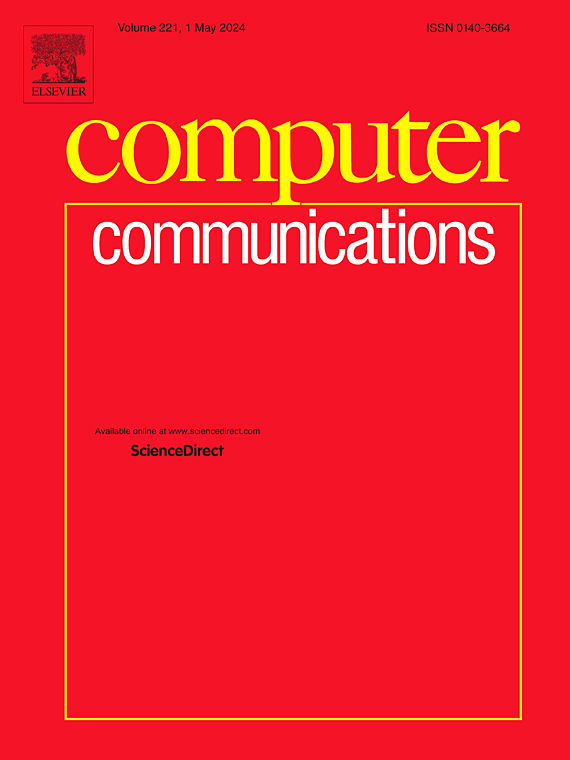A privacy-enhancing and lightweight framework for device-free localization-based AIoT system
IF 4.3
3区 计算机科学
Q1 COMPUTER SCIENCE, INFORMATION SYSTEMS
引用次数: 0
Abstract
With the growing demand for location-based services in smart cities, Artificial Intelligence of Things (AIoT)-enabled device-free methods have gained attention for their ability to address privacy and usability challenges. WiFi-based target localization, leveraging channel state information, offers advantages such as ease of deployment and obstacle penetration but faces privacy and computational challenges in centralized training. To address these issues, we propose a privacy-enhancing and lightweight federated device-free localization framework (PLDFL). The PLDFL integrates local differential privacy in federated learning to safeguard user data, uses the Fisher Information Matrix for model pruning to reduce model complexity, and employs three-dimensional convolutional neural network (3DCNN) for efficient feature extraction. Experimental results on real-world data validate its effectiveness in achieving accurate, private, and lightweight device-free localization.
一个增强隐私的轻量级框架,用于无设备的基于本地化的AIoT系统
随着智能城市对基于位置的服务的需求不断增长,支持物联网(AIoT)的无设备方法因其解决隐私和可用性挑战的能力而受到关注。基于wifi的目标定位,利用通道状态信息,提供了易于部署和障碍物穿透等优势,但在集中训练中面临隐私和计算方面的挑战。为了解决这些问题,我们提出了一个增强隐私和轻量级的联邦无设备定位框架(PLDFL)。PLDFL在联邦学习中集成了局部差分隐私来保护用户数据,使用Fisher信息矩阵进行模型修剪以降低模型复杂性,并使用三维卷积神经网络(3DCNN)进行有效的特征提取。实际数据的实验结果验证了该方法在实现准确、私密和轻量级的无设备定位方面的有效性。
本文章由计算机程序翻译,如有差异,请以英文原文为准。
求助全文
约1分钟内获得全文
求助全文
来源期刊

Computer Communications
工程技术-电信学
CiteScore
14.10
自引率
5.00%
发文量
397
审稿时长
66 days
期刊介绍:
Computer and Communications networks are key infrastructures of the information society with high socio-economic value as they contribute to the correct operations of many critical services (from healthcare to finance and transportation). Internet is the core of today''s computer-communication infrastructures. This has transformed the Internet, from a robust network for data transfer between computers, to a global, content-rich, communication and information system where contents are increasingly generated by the users, and distributed according to human social relations. Next-generation network technologies, architectures and protocols are therefore required to overcome the limitations of the legacy Internet and add new capabilities and services. The future Internet should be ubiquitous, secure, resilient, and closer to human communication paradigms.
Computer Communications is a peer-reviewed international journal that publishes high-quality scientific articles (both theory and practice) and survey papers covering all aspects of future computer communication networks (on all layers, except the physical layer), with a special attention to the evolution of the Internet architecture, protocols, services, and applications.
 求助内容:
求助内容: 应助结果提醒方式:
应助结果提醒方式:


